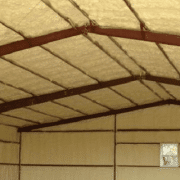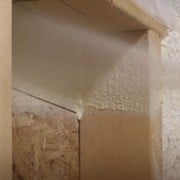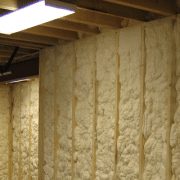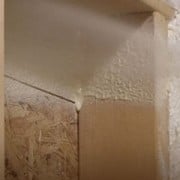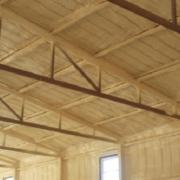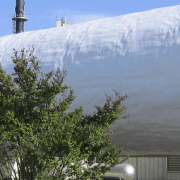Have You Thought About Your R-Value Lately?
[ad_1]
Your home’s R-value may not be the first thing on your mind when you get up in the morning or even the last when you go to bed at night. After all, it is a bit abstract and you may be more concerned with issues like paying your bills. But R-value-a measure of an insulation’s effectiveness-may be more relevant to your daily life than you realize. For instance, if those bills are on your mind, then there is a good chance that one of your biggest ones is for heating and cooling. Many homeowners are paying more for heating and cooling than necessary due to inadequate insulation.
It turns out there’s a little more to insulation than the R-value rating alone. But getting to the bottom of it isn’t complicated, and it could save a considerable amount of money in the long run. Just how much a given homeowner can save on heating and cooling bills varies. One option is to have a formal energy audit. Short of that, if you know of – or can seek out and find – places in your house that are missing insulation or that could use additional insulation, there’s a lot you can do yourself without spending the time and money on a formal analysis.
Assuming that you do find some accessible places in the house that need insulation, the next question is this: What type of insulation should you use? There are a number of products on the market. The old standby-fiberglass-is still in use today. Although effective it has its problems, including that it’s unpleasant to work with and is an irritant to the skin, eyes and lungs.
One alternative to fiberglass insulation is so-called closed cell polyurethane foam spray insulation. (There are open cell foam insulation products on the market but one of their drawbacks is that the open cells let in moisture.) Another consideration is that some foam insulation is fire retardant and some is not. Some companies deal in products that are both closed cell polyurethane foam and fire retardant.
Back to R-value. R-value is a measure of insulation’s ability to prevent the conduction of heat. Generally, the thicker the insulation the higher the R-value and the more effective the insulation is at preventing heat conduction. Fiberglass is available in a variety of thicknesses (and hence R-values). It comes in the form of strips or batts of standard widths. But if not installed correctly – for example if it’s compressed or installed leaving gaps – fiberglass insulation may not deliver the full rated R-value. Polyurethane foam spray insulation, on the other hand, can be applied at varying thicknesses. It has an R-value rating by the inch of cured foam thickness. An example of one polyurethane foam company’s R-value rating is R-6.7 per inch. So one inch of this foam is roughly equivalent to a two-inch thickness of fiberglass insulation.
Compared to fiberglass, one advantage of polyurethane spray foam insulation is that it easily fills cracks and voids by virtue of the way it is applied. With any insulation, but perhaps especially with fiberglass, a homeowner can gain a false sense of insulation security, even with fiberglass having a high R-value rating in the walls and attic. And those cracks and voids are usually the culprit. Polyurethane foam spray insulation addresses that problem easily and effectively by filling those spaces as it is sprayed in.
With an investment and a pocketbook to protect, it’s to any homeowner’s advantage to do the requisite homework and seek out reputable companies with reliable products when making decisions about insulation. As with other areas of technology and development, the building industry has promising new products and methods at its disposal. Polyurethane foam spray insulation is one technology that is established and becoming very popular as energy costs continue upward. Either alone or in combination with other products, it can go a long way toward saving money while achieving significant energy conservation.
[ad_2]


